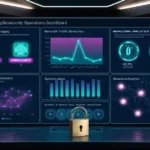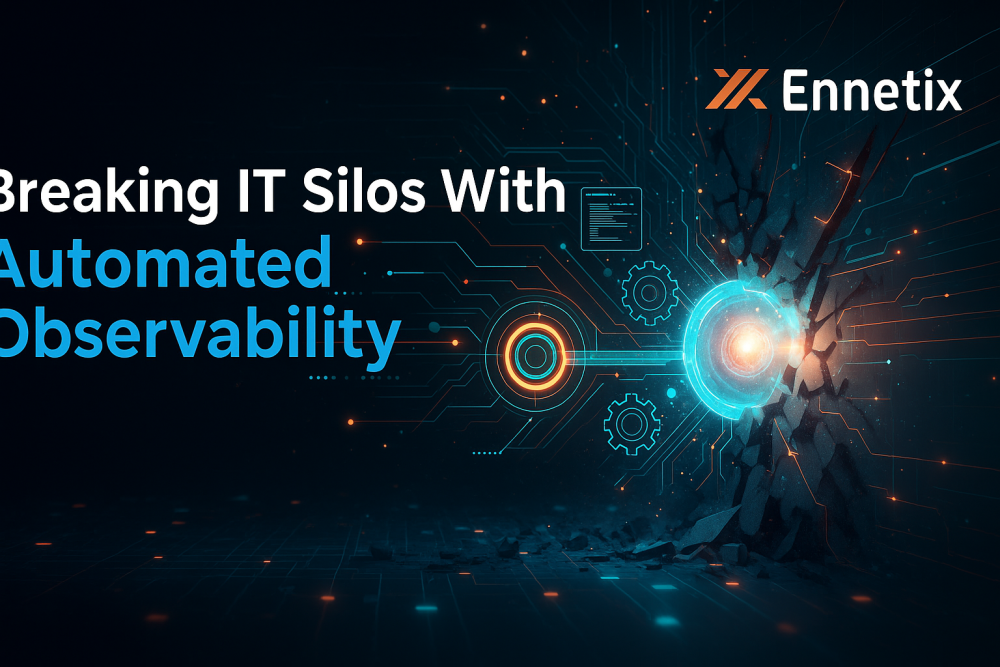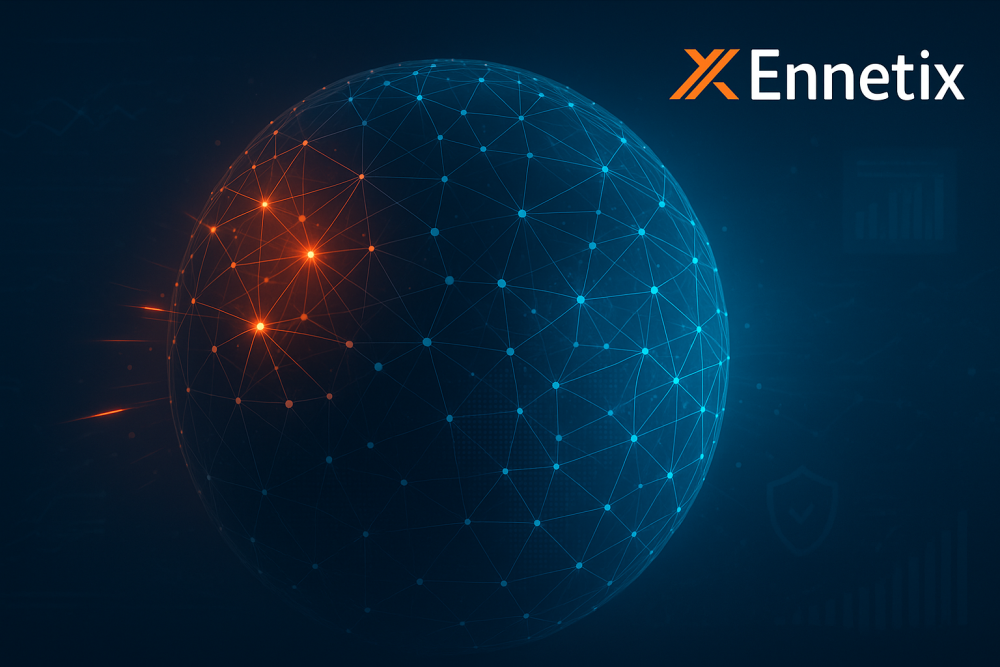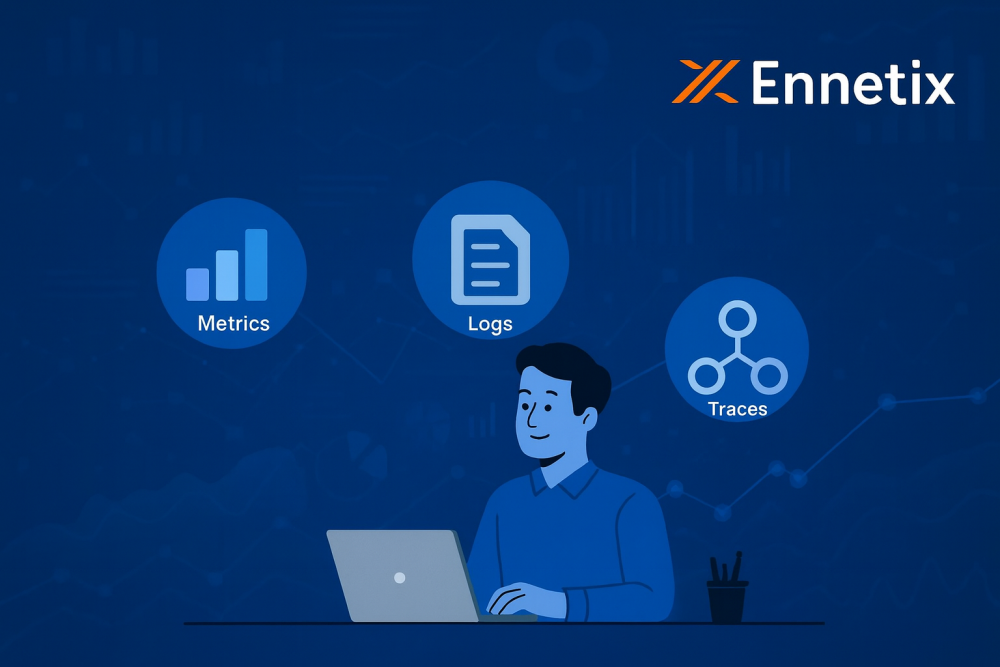
The Importance of Situational Awareness in Cybersecurity
April 28, 2025
Digital Experience Monitoring for Remote Workforces: An AIOps Approach
May 21, 2025Ransomware has evolved into one of the most disruptive and costly forms of cybercrime. What began as a tactic targeting individuals has scaled up—crippling large enterprises, healthcare systems, educational institutions, and government agencies worldwide. Today, every organization, regardless of size or sector, must understand why ransomware attacks are rising and how to build an effective defense.
This blog explores the key drivers behind this surge, how ransomware works, who’s being targeted, and what you can do to strengthen your cyber resilience, improve threat detection, and ensure ransomware protection across your digital environment.
Why Are Ransomware Attacks Increasing?
1. Ransomware-as-a-Service (RaaS)
Ransomware is no longer limited to sophisticated hacker groups. With RaaS platforms, even inexperienced criminals can deploy ready-made ransomware kits in exchange for a share of the ransom. This has drastically lowered the barrier to entry and increased the volume of attacks.
2. Expanded Attack Surface
The shift to remote and hybrid work has opened up new vulnerabilities. Poorly secured endpoints, unpatched software, and misconfigured cloud environments provide attackers with easy entry points
3. Increased Willingness to Pay Ransoms
Many organizations, especially those handling time-sensitive data, are willing to pay ransoms to resume operations quickly. Unfortunately, this only fuels further attacks
4. Slow Adoption of Advanced Security Tools
Some businesses still rely on legacy antivirus or firewall systems. Without behavior-based detection, AI analytics, or real-time network intrusion detection and alerting, these organizations are easy targets for modern ransomware.
How Ransomware Works
Ransomware typically enters a system through phishing emails, malicious attachments, or exposed vulnerabilities. Once inside, it encrypts files or locks down systems and demands payment—usually in cryptocurrency. Many ransomware variants now use double extortion: attackers exfiltrate data and threaten to leak it publicly if payment isn’t made.
Sectors Most Vulnerable to Ransomware
While no industry is immune, the following are most frequently targeted:
- Healthcare – High-stakes data, urgent access needs
- Financial Services – Valuable and regulated data
- Manufacturing – Downtime costs can pressure payment
- Retail and eCommerce – Payment data and customer info
- Education – Broad attack surface, limited cybersecurity staff
How to Protect Your Organization from Ransomware
A layered security strategy is your best defense. Below are essential steps to build cyber situational awareness and protect against ransomware:
- Secure Endpoints and Networks
Deploy advanced threat detection tools and EDR (Endpoint Detection & Response) systems. Ensure network traffic is continuously monitored through intrusion detection systems. - Regular Backups and Data Recovery
Keep offline and cloud-based backups of mission-critical data. Test your data recovery process frequently to ensure it works when needed most. - Patch Management and Software Updates
Unpatched systems are one of the easiest targets for attackers. Set up automated updates and ensure you’re fixing vulnerabilities across operating systems, servers, and devices. - User Training and Phishing Prevention
Human error remains a top attack vector. Educate staff on how to identify phishing emails and suspicious links. Conduct simulated attack drills. - Use Multi-Factor Authentication (MFA)
MFA adds a second layer of defense even if credentials are compromised. It’s essential for protecting remote access, cloud apps, and privileged accounts. - Adopt a Zero Trust Model
Limit access to systems and data based on verified identity and continuous validation. Zero Trust ensures users only access what they need—and nothing more. - Develop and Test an Incident Response Plan
Having a well-documented and tested incident response plan can significantly reduce the impact of a ransomware attack. Include response roles, escalation processes, and recovery timelines.
How Ennetix Supports Ransomware Defense
Ennetix delivers AI-driven cybersecurity solutions designed for early detection, automated response, and long-term resilience. With our platform, you gain:
- Unified security observability across cloud, on-prem, and hybrid environments
- Behavioral anomaly detection to catch subtle threats before they spread
- Automated response workflows to shut down attacks fast
- Root cause correlation for deeper visibility
- Ongoing optimization for continuous protection
Ennetix enables security teams to detect ransomware before it encrypts data—and to respond effectively with minimal downtime.
Conclusion
The rise of ransomware attacks is not slowing down. With attackers becoming more organized and ransomware kits more accessible, every organization—across industries and education—must be prepared.
Understanding why ransomware attacks are increasing is the first step. The next is building a defense strategy that includes early threat detection, data recovery planning, and incident response readiness.
Ennetix provides the real-time visibility, intelligent detection, and automation your organization needs to stay ahead of today’s ransomware threats.
Want to learn how Ennetix can protect your business or institution?
Explore our cybersecurity platform →












